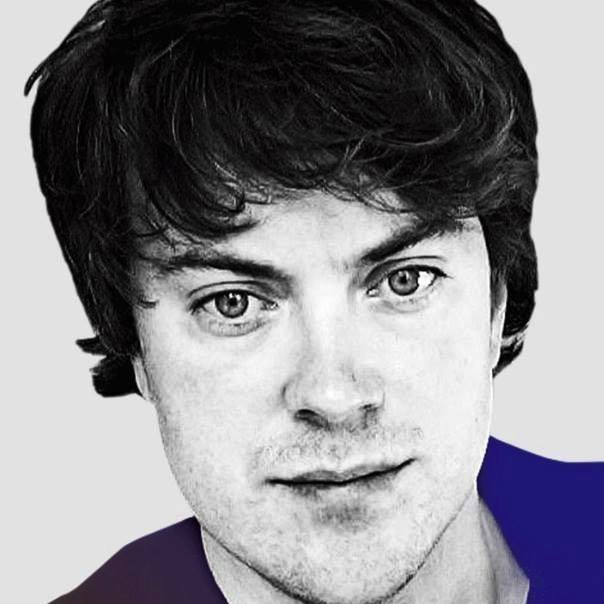Imagine getting ready for bed, brushing your teeth, setting your alarm and then putting a device on your head that allows you to control your dreams. It might sound like something out of a Christopher Nolan movie, but it's also the real-life promise of a new futuristic-looking headband called Halo, currently in development by US tech start-up Prophetic.
Slated for release in 2025, Halo aims to allow you to have more lucid dreams – dreams where you are aware that you're dreaming. In some cases, you might also exert a degree of control over what happens in these dreams, perhaps in ways that benefit your waking life. Think solving work problems, visiting faraway lands, practising guitar and much more.
Lucid dreams can occur spontaneously during REM sleep without the help of technology. Some individuals are more predisposed to them than others, but around half of us can expect to have one spontaneous lucid dream at least once in our lives. But can we take advantage of this strange phenomenon?
Earlier research has already provided a tantalising glimpse of how lucid dreams could be used for real-life benefit. For instance, one study carried out by neuroscientists at the University of Bern, Switzerland showed that participants who practised flipping coins into a cup in their lucid dreams showed superior performance the next day compared with control participants.
How does the Halo work?
The approach taken by the team behind the Halo device is two-pronged. First, they are using EEG (electroencephalography) and fMRI (functional magnetic resonance imaging) to collect vast amounts of brain data from volunteers experiencing lucid dreams.
The idea is to build a detailed map of what is happening in the brain during different types of lucid dreams. This information will be key for the second main area of investigation, which involves using transcranial-focused ultrasound or TUS (delivered via the headband) to manipulate brain activity in a way that will induce, sustain and influence lucid dreams.
Like other so-called non-invasive brain stimulation techniques, TUS can alter brain function. But rather than using magnetic fields or electrical currents, it involves using high-frequency sound.
The advantages of TUS, according to its advocates, include an ability to reach deeper brain areas (including those involved in sleep function) and improved anatomical accuracy.
Read more:
- Early risers and night owls: A neuroscientist explains who is happiest
- Struggling to wake up in a world that starts at 9am? Here's how science can help
- Here's how listening to music might help you trigger lucid dreaming
The basic rationale behind Halo isn't all that far-fetched. In previous research, scientists have already established that lucid dreaming tends to be associated with frontal brain activity in the gamma frequency (that's the firing frequency of groups of neurons as recorded by EEG). They also found that electrical brain stimulation can be used to increase sleepers' brain activity in the gamma frequency, thereby increasing their chance of experiencing dreaming lucidity.
"It is plausible that the sound stimulation could induce the high-frequency brain activity that is associated with lucidity," says Professor Mark Blagrove, a sleep scientist based at Swansea University and the co-author of The Science of Art and Dreaming.
"Sound stimulation has been used to induce low-frequency slow waves in slow wave sleep, so the method proposed is credible."
Are there any side effects?
So, is there any reason not to be excited about the Halo headset? One issue to bear in mind is that TUS is a relatively new approach to brain stimulation and it's not entirely clear what the long-term consequences of zapping your brain with high-frequency sounds might be.
Although it's non-invasive in the sense of not involving any kind of surgery, the technique does affect your neurons by interfering with the passage of ions across their membranes, which is probably something to take care over.
A second issue to bear in mind is that some sleep scientists believe dreams have basic functions, including consolidating memories from the day or processing emotional experiences. One potential concern is that by using a device to alter the nature of your dreams, you risk interfering with the usual purpose of your dreams. If dreaming has a function, then becoming lucid in a dream and altering the plot or contents of the dream might affect that function.
"We are very rarely lucid in our dreams," says Blagrove. "And not being lucid may be part of, or required, for any effective function of dreams."
A final consideration is that if you want to have more lucid dreams, but you're not sure about wearing a brain-zapping device to bed, there are other options. There are already several established techniques for inducing lucid dreams that do not involve cutting-edge technology.
One of these involves training in the daytime by repeatedly pairing a sound with deliberate thoughts of self-awareness. Then set a timer to play that same sound to yourself when you're asleep and likely to be in REM sleep (during the early hours of the night).
The idea is the sound will cue you to become self-aware while you're dreaming. This approach, and others like it, are cheaper than the Halo headband, which is expected to cost up to £1,575 ($2,000), and – without a metal contraption on your head – you'll probably be more comfortable too.
About our expert
Professor Mark Blagrove is a sleep and dream researcher based at the Swansea University Sleep Laboratory. He is the co-authour of the book The Science of Art and Dreaming and his work has appeared in The British Journal of Psychology, International Journal of Dream Research and PLOS ONE.
Read more:

